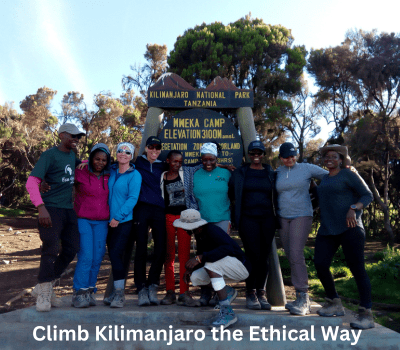What Happens if Someone Gets Sick or Injured on Mount Kilimanjaro
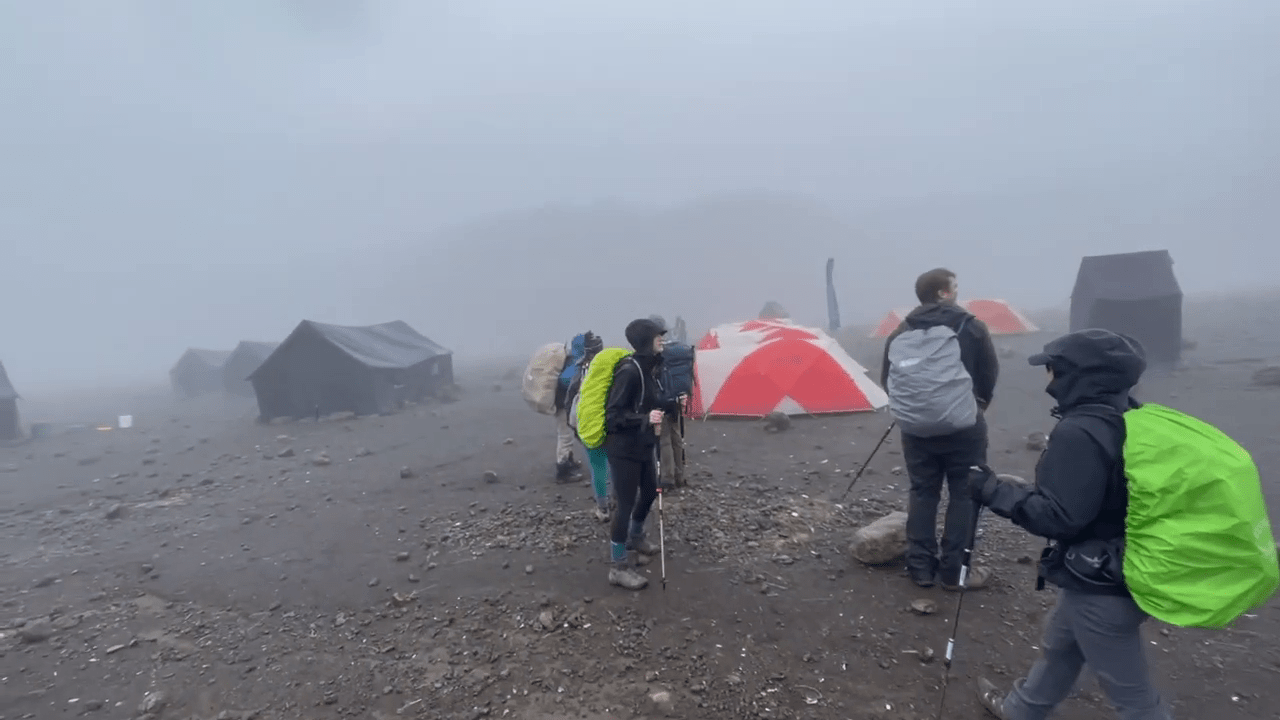
Introduction: Understanding the Risks on Kilimanjaro
Climbing Mount Kilimanjaro is an awe-inspiring journey that attracts thousands of adventurers each year. However, as Africa’s highest peak standing at 5,895 meters (19,341 feet), the climb poses serious physical challenges. What many climbers don’t realize is that the mountain’s altitude, terrain, and unpredictable weather make illness and injury a very real possibility—even for fit and experienced trekkers.
So what actually happens if someone gets sick or injured while trekking up Kilimanjaro? From minor headaches to life-threatening altitude sickness, knowing the emergency procedures, safety protocols, and the role of your guides can make the difference between a smooth recovery and a dangerous situation.
In this article, we’ll walk you through the most common medical issues on the mountain, how emergencies are handled, and what you can expect when you climb with a highly trained team like Eco-Africa Climbing.
Most Common Illnesses and Injuries on the Mountain
While Kilimanjaro is a non-technical trek, it’s not without risks. Here are the most frequently reported medical issues encountered by climbers:
- Altitude-Related Illnesses: Acute Mountain Sickness (AMS), High-Altitude Pulmonary Edema (HAPE), and High-Altitude Cerebral Edema (HACE)
- Gastrointestinal Issues: Diarrhea, food intolerance, or water contamination
- Dehydration and Heat Exhaustion: Often caused by insufficient fluid intake or overexertion
- Muscle Strains and Blisters: Especially common in knees, ankles, and feet
- Respiratory Infections: Dry air and cold conditions can lead to bronchitis or coughs
Many of these conditions are manageable with early intervention—but without proper monitoring and fast response, they can escalate quickly. That’s why climbing with certified professionals is not just helpful—it’s critical.
Altitude Sickness: The Number One Risk
Altitude sickness is the most common and dangerous health issue faced on Kilimanjaro. The higher you climb, the thinner the air becomes—and for some, this can lead to symptoms ranging from mild headaches to confusion, vomiting, and even loss of consciousness.
The three primary types of altitude sickness are:
- Acute Mountain Sickness (AMS): Mild symptoms like nausea, headache, and fatigue
- High-Altitude Pulmonary Edema (HAPE): Fluid accumulation in the lungs, leading to breathlessness and cough
- High-Altitude Cerebral Edema (HACE): Swelling in the brain that can lead to confusion, slurred speech, and coma
At Eco-Africa Climbing, we take altitude seriously. Our guides perform daily health checks, use pulse oximeters to monitor oxygen levels, and know how to adjust the pace or descend quickly if symptoms appear.
Role of Certified Guides in Handling Medical Situations
The first line of defense in any medical situation is your guide. At Eco-Africa Climbing, all our guides are certified Wilderness First Responders (WFR) trained in high-altitude medicine, CPR, and rescue protocol.
Their responsibilities include:
- Monitoring: Daily health checks, including tracking appetite, hydration, and symptoms
- Medical Aid: Administering emergency oxygen, Diamox, or first aid as needed
- Evacuation Management: Making the call to descend or initiate rescue if necessary
Their knowledge, experience, and ability to stay calm under pressure is what transforms a potentially serious issue into a manageable one.
First Response Procedures: What Happens in an Emergency?
In the event that a climber shows symptoms of a serious condition like HAPE or HACE, the first response from the guide is swift and decisive:
- Stop Ascent Immediately: Continuing to climb is never an option with worsening symptoms
- Administer Oxygen or Medication: Guides carry emergency kits with portable oxygen and basic meds
- Descend Immediately: Descent is the best treatment for altitude-related illness
- Communicate with Base: The support team may coordinate further evacuation or transport
Every moment counts in a mountain emergency. That’s why climbing with a prepared and professional crew is essential for safety.
Emergency Oxygen and Diamox: Lifesaving Tools on the Mountain
While most climbers do not require supplemental oxygen to reach Kilimanjaro’s summit, emergency oxygen is a critical safety measure for those experiencing severe altitude sickness. Guides carry oxygen cylinders to administer in cases of Acute Mountain Sickness (AMS), High-Altitude Pulmonary Edema (HAPE), or High-Altitude Cerebral Edema (HACE). Administering oxygen can stabilize a climber’s condition, providing vital time to initiate descent or further medical intervention.
Additionally, Diamox (acetazolamide) is commonly used to prevent and treat altitude sickness. It works by stimulating breathing, which helps increase oxygen levels in the blood. Guides may recommend or provide Diamox to climbers showing early signs of altitude-related issues.
Evacuation Protocols: Getting You Down Safely
In the event of a medical emergency, immediate descent is the most effective treatment. Guides are trained to assess the situation and determine the best course of action. If the climber can walk, they will be escorted down to a lower altitude. If not, porters and guides will use a stretcher to carry the individual to a point where further evacuation can occur.
Eco-Africa Climbing has established evacuation routes and protocols for various scenarios, including medical emergencies, natural disasters, and inclement weather conditions. Their priority is to evacuate affected individuals safely and expediently to the nearest medical facility or safe location.
Helicopter Rescue: Rapid Evacuation When Time Is Critical
For severe cases where time is of the essence, helicopter evacuation is available on Mount Kilimanjaro. KiliMedAir operates helicopter services equipped with state-of-the-art medical equipment and trained personnel. These helicopters can access various points on the mountain, including Horombo, Barranco, Barafu, Kosovo, Stella, Millennium, and Shira camps.
Climbers can purchase Kilimanjaro Helicopter Rescue insurance as part of their travel insurance package, which covers the cost of helicopter evacuations and other emergency medical expenses.
KPAP Safety Standards: Ensuring Ethical and Safe Climbing Practices
The Kilimanjaro Porters Assistance Project (KPAP) sets standards to ensure the welfare of porters and guides on the mountain. These standards include proper training in first aid and emergency response, fair treatment, and adequate equipment. Climbing with a KPAP-partnered company like Eco-Africa Climbing ensures that the team supporting your ascent is well-prepared to handle emergencies ethically and effectively.
How Eco-Africa Climbing Prepares for Medical Incidents
Eco-Africa Climbing prioritizes the safety and well-being of its clients. Their preparation includes:
- Certified Guides: All guides are certified Wilderness First Responders (WFR) trained in high-altitude medicine, CPR, and rescue protocols.
- Daily Health Checks: Guides perform daily health assessments, including monitoring oxygen saturation levels and symptoms of altitude sickness.
- Emergency Equipment: The team carries emergency oxygen, first aid kits, and communication devices to coordinate evacuations if necessary.
- Established Protocols: Clear procedures are in place for various emergencies, ensuring swift and effective responses.
This comprehensive approach ensures that climbers are in safe hands, with a team ready to respond to any medical situation that may arise during the ascent.
Pre-Climb Medical Screening: A Crucial Step for Safety
Before embarking on the challenging ascent of Mount Kilimanjaro, it’s imperative to undergo a thorough medical examination. This step ensures that climbers are physically prepared to handle the rigors of high-altitude trekking. Individuals with pre-existing conditions such as asthma, heart issues, or other chronic illnesses should consult their healthcare providers to assess their fitness for the climb.
Medical screenings typically include:
- Cardiovascular Assessment: Evaluating heart health to ensure it can withstand the strain of high-altitude exertion.
- Respiratory Evaluation: Checking lung function, especially important for those with asthma or other respiratory conditions.
- Medication Review: Discussing current medications to identify any that may affect acclimatization or interact adversely at high altitudes.
By identifying potential health risks beforehand, climbers can take necessary precautions or reconsider their plans, thereby reducing the likelihood of emergencies on the mountain.
Travel Insurance: Your Safety Net on the Mountain
Securing comprehensive travel insurance is a non-negotiable aspect of preparing for a Kilimanjaro expedition. Given the potential for altitude sickness, injuries, or other unforeseen medical issues, having a robust insurance policy provides peace of mind and financial protection.
Key features to look for in a travel insurance policy include:
- High-Altitude Coverage: Ensure the policy covers trekking up to 6,000 meters, encompassing the summit of Kilimanjaro.
- Emergency Evacuation: Inclusion of helicopter rescue services and medical evacuation to the nearest appropriate facility.
- Medical Expenses: Coverage for treatment costs incurred due to illness or injury during the trip.
- Trip Cancellation and Interruption: Protection against financial loss from unforeseen trip changes.
It’s advisable to purchase insurance from reputable providers experienced in covering high-altitude treks. Always read the policy details carefully to understand the extent of coverage and any exclusions.
Choosing Experienced Operators: A Lifeline in Emergencies
Selecting a seasoned and reputable trekking company is paramount to ensuring safety on Mount Kilimanjaro. Experienced operators are equipped with the knowledge, resources, and protocols to handle emergencies effectively.
Attributes of a reliable trekking company include:
- Certified Guides: Employing guides trained in wilderness first aid and high-altitude rescue procedures.
- Emergency Preparedness: Availability of medical kits, oxygen cylinders, and established evacuation plans.
- Regular Health Monitoring: Conducting daily health checks to monitor climbers’ acclimatization and detect early signs of altitude sickness.
- Affiliation with Safety Organizations: Partnerships with organizations like the Kilimanjaro Porters Assistance Project (KPAP) to uphold safety and ethical standards.
By entrusting your climb to an experienced operator, you significantly enhance your safety and increase the likelihood of a successful and enjoyable ascent.
Conclusion: Preparedness Saves Lives on Kilimanjaro
Climbing Mount Kilimanjaro is an unforgettable journey—but it’s not without its risks. Whether it’s altitude sickness, minor injuries, or serious medical emergencies, having a team that’s ready to respond makes all the difference. From guides trained in first aid to helicopter evacuations, the safety measures in place can quite literally be lifesaving.
That’s why choosing a responsible, experienced company like Eco-Africa Climbing isn’t just a smart decision—it’s a vital one. With the right team and preparation, you’ll not only summit with confidence but also know you’re in safe hands every step of the way.
Frequently Asked Questions (FAQs)
What happens if I get altitude sickness during the climb?
Your guide will assess your condition using pulse oximeters and symptoms. Depending on severity, you may be treated with Diamox, given emergency oxygen, or immediately descend to lower altitude.
Are there medical facilities on the mountain?
There are no hospitals on Kilimanjaro. All treatment is managed by your guide team. If needed, evacuation is arranged to nearby clinics in Moshi or Arusha.
Can I be rescued by helicopter from Kilimanjaro?
Yes. Kilimanjaro Search and Rescue offers helicopter services at designated camps. You must have insurance that covers high-altitude evacuation like Kilimanjaro travel insurance.
Is travel insurance required?
Yes. It’s strongly recommended and often mandatory. Your insurance should include high-altitude trekking, evacuation, and medical care coverage.
How do I reduce the risk of getting sick on Kilimanjaro?
Train properly, stay hydrated, listen to your guide, and consider using altitude medication like Diamox. Choose longer acclimatization routes such as the 8 Days Lemosho Route or 9 Days Northern Circuit Route.
Book Your Climb With Confidence – Choose Eco-Africa Climbing
At Eco-Africa Climbing, we’ve helped thousands of climbers summit Kilimanjaro safely and successfully. Our guides are certified, our safety gear is always on hand, and our team is trained to act quickly in any situation.
Explore some of our most popular and safe trekking options:
Start your adventure by requesting a free quote or contacting us for more details.
Share:
Related Posts
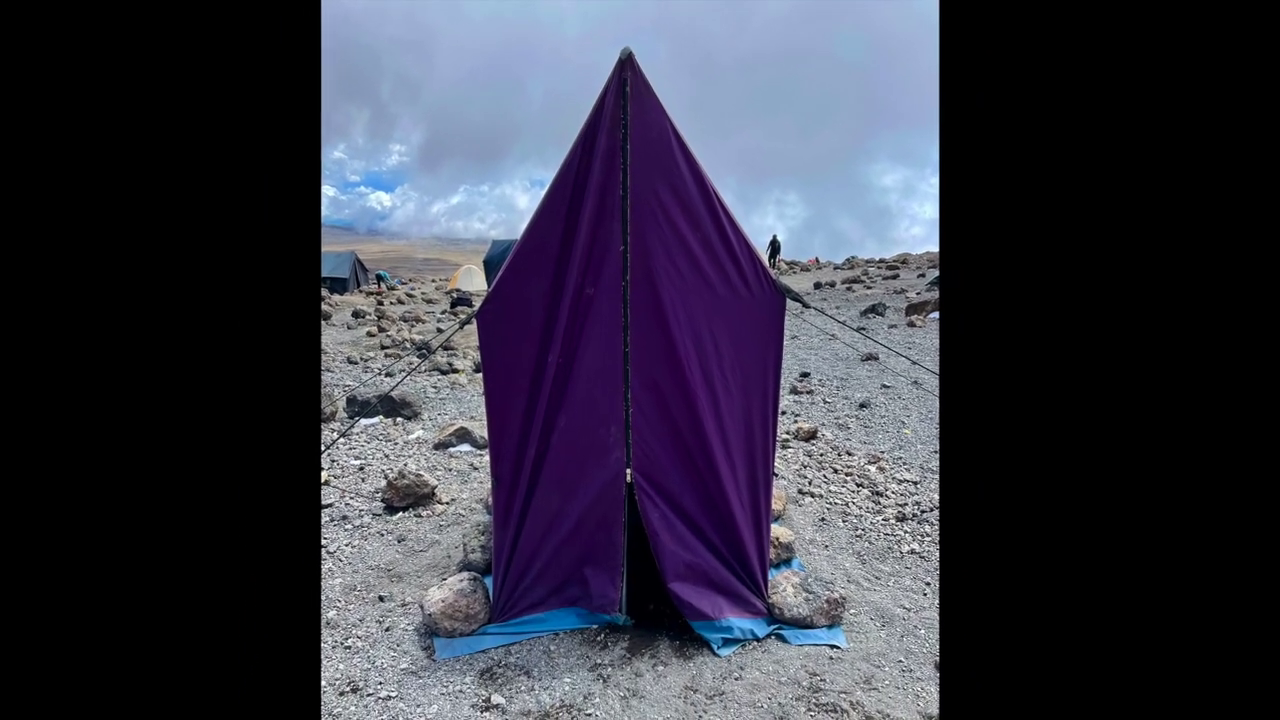
bathroom on mountain kilimanjaro
Bathroom on Mountain Kilimanjaro: What to Expect and How to Prepare Introduction One of the most common — and least discussed — questions from people
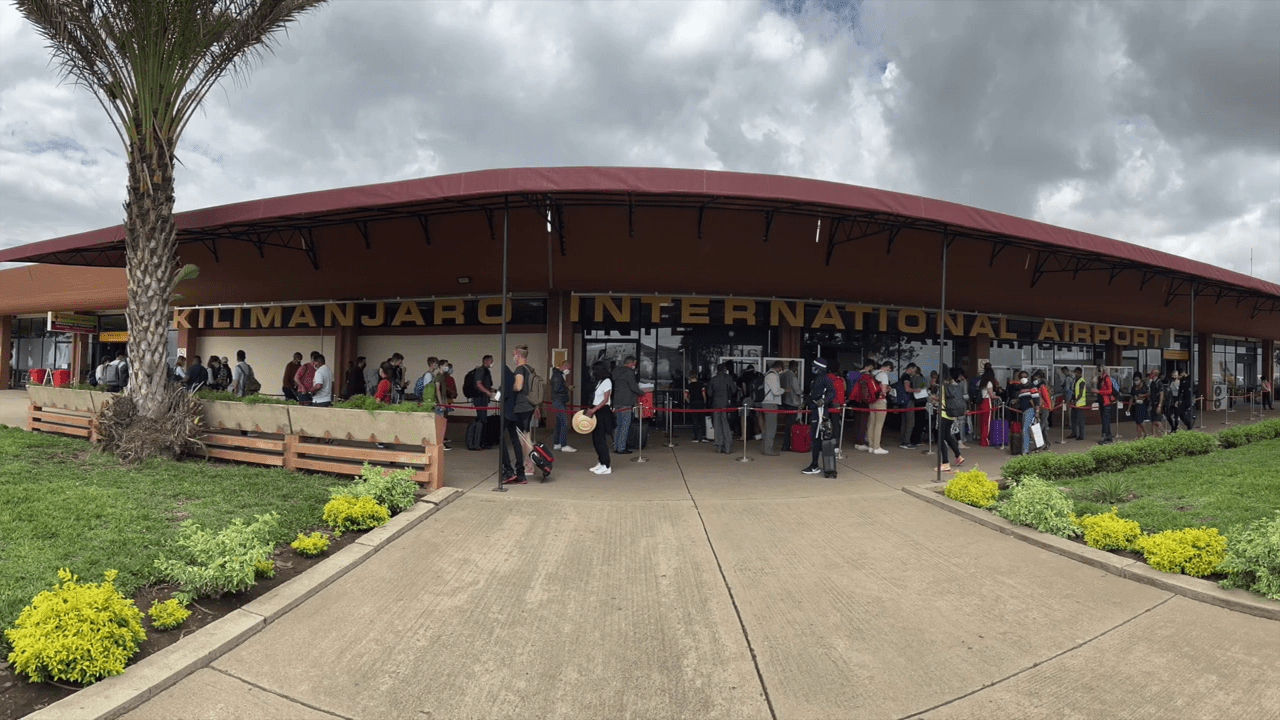
Are Guides Readily Available in Tanzania Without Prior Booking?
Are Guides Readily Available in Tanzania Without Prior Booking? Introduction: Should You Risk Climbing Without Pre-Booking? Climbing Mount Kilimanjaro is a dream for many adventurers.
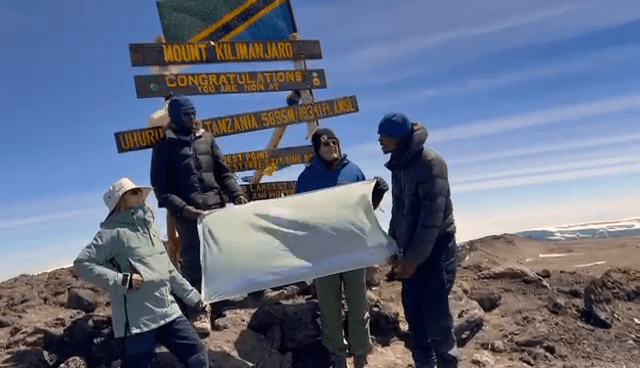
How Can I Find a Reliable Local Guide for My Kilimanjaro Expedition?
How Can I Find a Reliable Local Guide for My Kilimanjaro Expedition? Introduction: Why the Right Guide Is Key to Kilimanjaro Success Climbing Mount Kilimanjaro
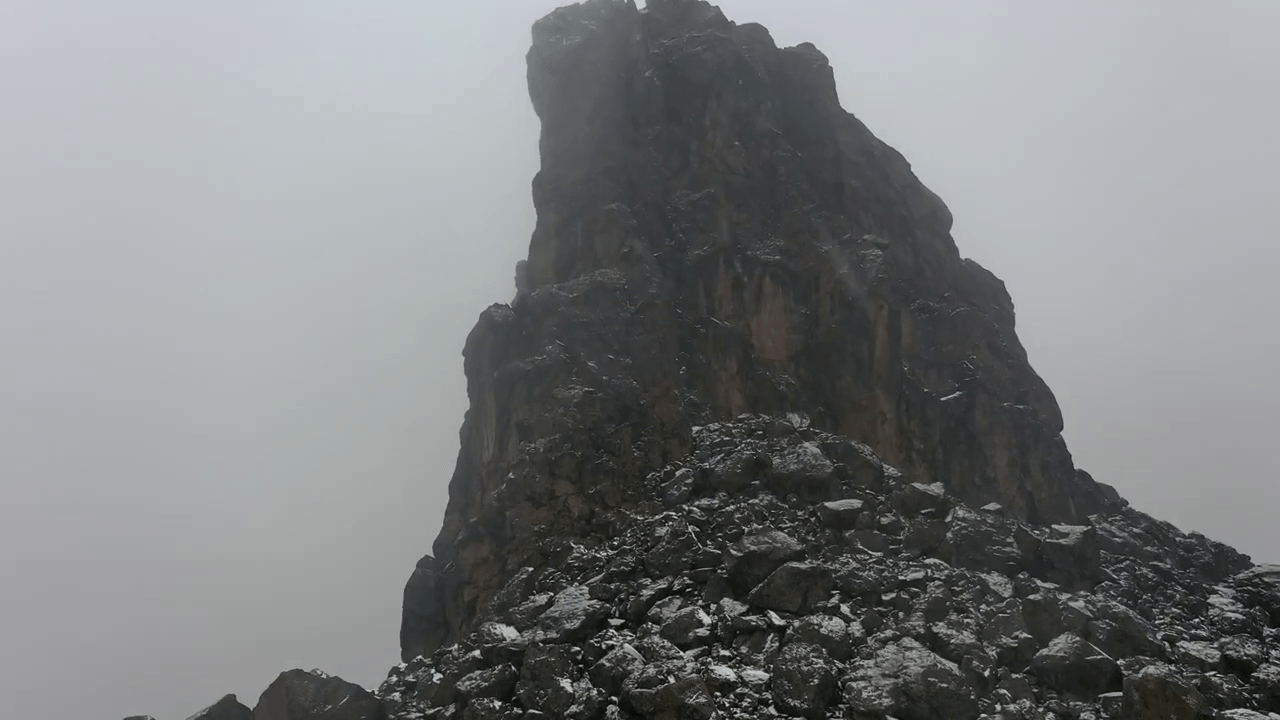
Is Climbing Kilimanjaro Dangerous for Individuals Without Mountaineering Experience?
Is Climbing Kilimanjaro Dangerous for Individuals Without Mountaineering Experience? Introduction: The Myth of Danger and Experience Many aspiring adventurers wonder if climbing Mount Kilimanjaro is
